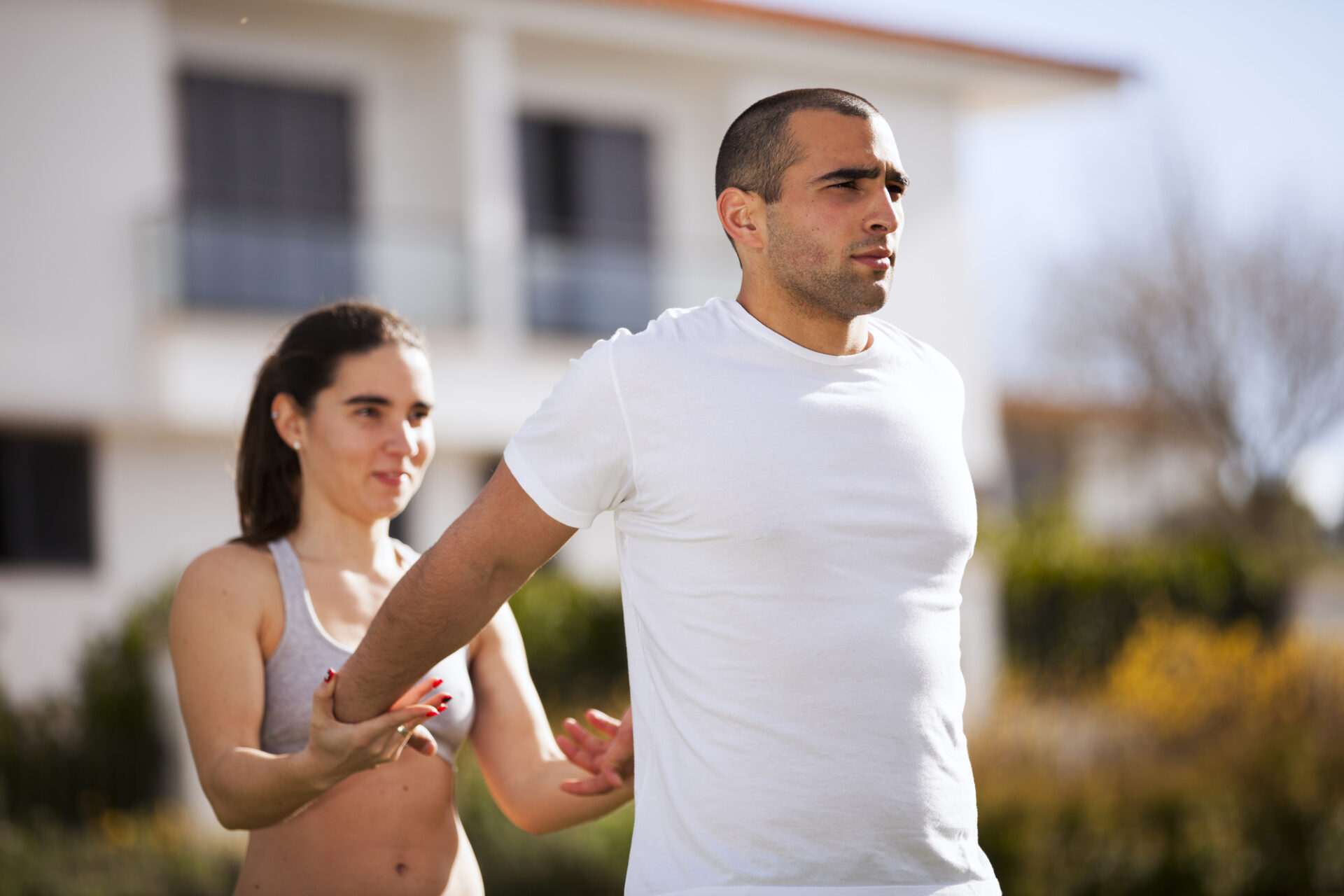
Are you, or someone you love, battling an opioid addiction? The first thing to know is that you’re not alone.
Although heroin addiction rates have dropped, the US is wrapped in a new opioid crisis—this time involving both illegal opioid narcotics and legally manufactured medications. Statistics reveal that although America constitutes 4% of the world’s population, it consumes more than 80% of the world’s opioids.
It’s also a well-known fact that opioid dependency can be very tough to fight.
However, it is possible to recover. And the first step on the road is learning about how to beat an addiction.
Whether you’re trying to stop prescription painkillers or recreational drugs—take heart. By clicking on this article you are already one step closer to finding the right opioid treatment plan.
Keep reading to find out some of the key strategies, steps, and tips involved in how to beat an additional to opioids.
Find the Right Opioid Treatment Plan
As we said above, opioid addictions are some of the most challenging to overcome. Because of this, it’s very important that you seek out an effective form of treatment for addiction. A comprehensive opioid treatment plan can dramatically increase your chances and reduce the risk of relapse.
If you have noticed the signs of opioid abuse and are wondering how to get help with addiction, here are a few types of treatment for addiction to consider.
Residential Treatments and Rehabilitation Programs
If you’re wondering how to beat an addiction to opioids, “rehab” may be the first word that comes to might. Residential treatments and rehabilitation programs are one of the most well-known approaches for breaking opioid dependency.
Rehabilitation programs differ widely. Some merely involve brief inpatient, hospital-based programs. These provide patients with a safe environment in which to complete the detoxification process.
During an inpatient program, medical professionals will be on hand to monitor and address things like your heart rate, breathing, and hydration levels.
Besides these short programs, there are also longer, more extensive programs. These include things like counseling and therapies aimed to reduce the likelihood of relapses.
Medication-Assisted Treatment (MAT)
Over the last few decades, Medicated-Assisted Treatment (MAT) has emerged as an effective alternative to purely cessation-based approaches. MAT involves prescribed medication that assists to normalize brain chemistry and alleviate physical cravings for opioids.
These medications also act to block the euphoric effects of opioids and normalize body functions.
MAT is a proven-effective approach that can help suffers sustain recovery. Some of the medications utilized in MAT include:
- Suboxone®
- Naloxone
- Buprenorphine
- Methadone
MAT has been identified as the gold standard of treatment by the NIH. It has also received strong support from:
- The American Society of Addiction Medicine (ASAM)
- The Centers for Disease Control and Prevention (CDC)
- The National Council for Behavioral Health (NCBH)
- The National Institute on Drug Abuse (NIDA)
- The World Health Organization (WHO)
Thanks to its ability to counteract cravings, MAT can dramatically reduce the risk of relapse. Reports state that people who receive MAT are half as likely to relapse than those receiving other types of therapy.
Besides guarding against relapse, MAT has also been described as a more compassionate and practical approach. Recovery from an opioid addiction can be a huge physiological challenge.
MAT can increase chances of success and help sufferers recover long-term and regain their health.
Therapy
Therapy is an important part of any opioid treatment plan. Therapy is typically included in most comprehensive rehabilitation programs, including MAT.
Group therapy can be a vital source of connection and support during recovery. It can reduce feelings of isolation and loneliness while addressing the underlying mental/emotional underpinnings of addiction.
Besides this, you should also seek out individual therapy. Although individual therapy offers less opportunity for connection, it can be invaluable for altering behaviors and addressing mental disorders such as depression and anxiety.
Research has shown that substance use disorders and mental disorders are often interlinked. In other words, someone who is depressed or suffering from anxiety is more likely to fall prey to addiction. If you want to learn how to beat an addiction, targeting these issues is imperative.
Tips and Strategies to Set Yourself up for Success
If you’re looking to get help with addiction, it’s critical to choose the right opioid treatment plan. You should also devise your own strategies for supporting your mind and body and minimizing triggers.
Minimize Stress
If you are in a period of stress, this can increase cravings and make it harder to stick to your treatment plan. The more stress you’re under, the more your neurological circuits will send out craving signals.
To set yourself up for success, try to minimize sources of stress before beginning your opioid treatment plan.
Find a Positive Support System
Having a positive support system is critical. Identify the people in your life who will be able to offer support during your recovery and turn to them. You can also seek out addiction support groups, forums, and networks.
Identifying Old Mental/Behavioral Patterns and Triggers
Research has revealed encouraging findings that the brain changes that opioids trigger can begin to heal within days or weeks after detoxing. This can reduce the chance of a relapse.
However, it’s still vital that you identify the most common craving triggers and come up with a plan of action for them. For instance, if socializing with a certain person is a trigger, going to a specific place, or dealing with certain situations, think of ways you can avoid these things.
If you do encounter a triggering situation, have a backup plan for the event. This could be anything from calling a close friend to exercising, deep breathing, or taking your dog for a walk. Only you will know what action will pull you through the trigger.
Engage in Activities That Natural Trigger Dopamine Release
Another important tip for recovery is to find and practice activities that trigger natural releases of dopamine. These include things like:
- Exercising
- Meditating
- Spending time outside
- Music
- Getting enough sleep
- Social connection
- Cryotherapy
- Creative pursuits
Finding activities that naturally stimulate dopamine production can be a lifeline during recovery.
Now You Know the Steps Involved in How to Beat an Addiction to Opioids
Whether triggered by recreational use or prescription medication, opioid dependency can creep up silently, until you start noticing the signs of opioid abuse.
Learning about how to beat an addiction to opioids is the one of first and most critical steps to recovery.
What’s more, you don’t have to tackle addiction alone. With the right treatment plan, you can access the therapy, support, and medication you need to recover your health and well-being.
Here at Recovery Delivered, our goal is to make recovery easier and more accessible, no matter your location. We facilitate telemedicine services, online doctor appointments, online refilling of scripts, and medication delivery to your local pharmacy.
Fill out our simple contact form to get started.


